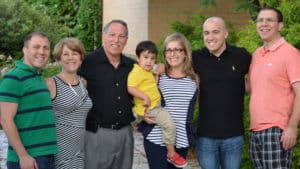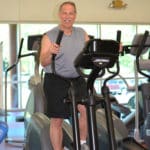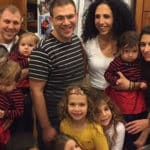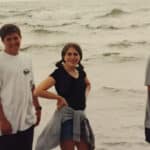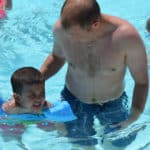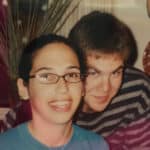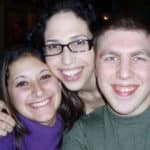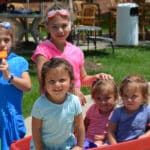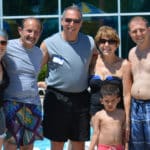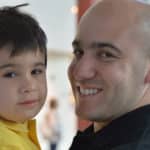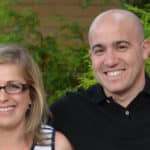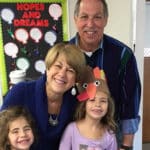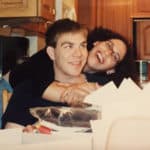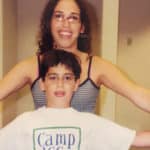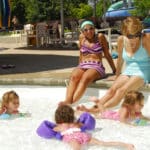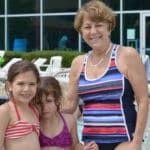Board President Knows What It’s Like to Have No J
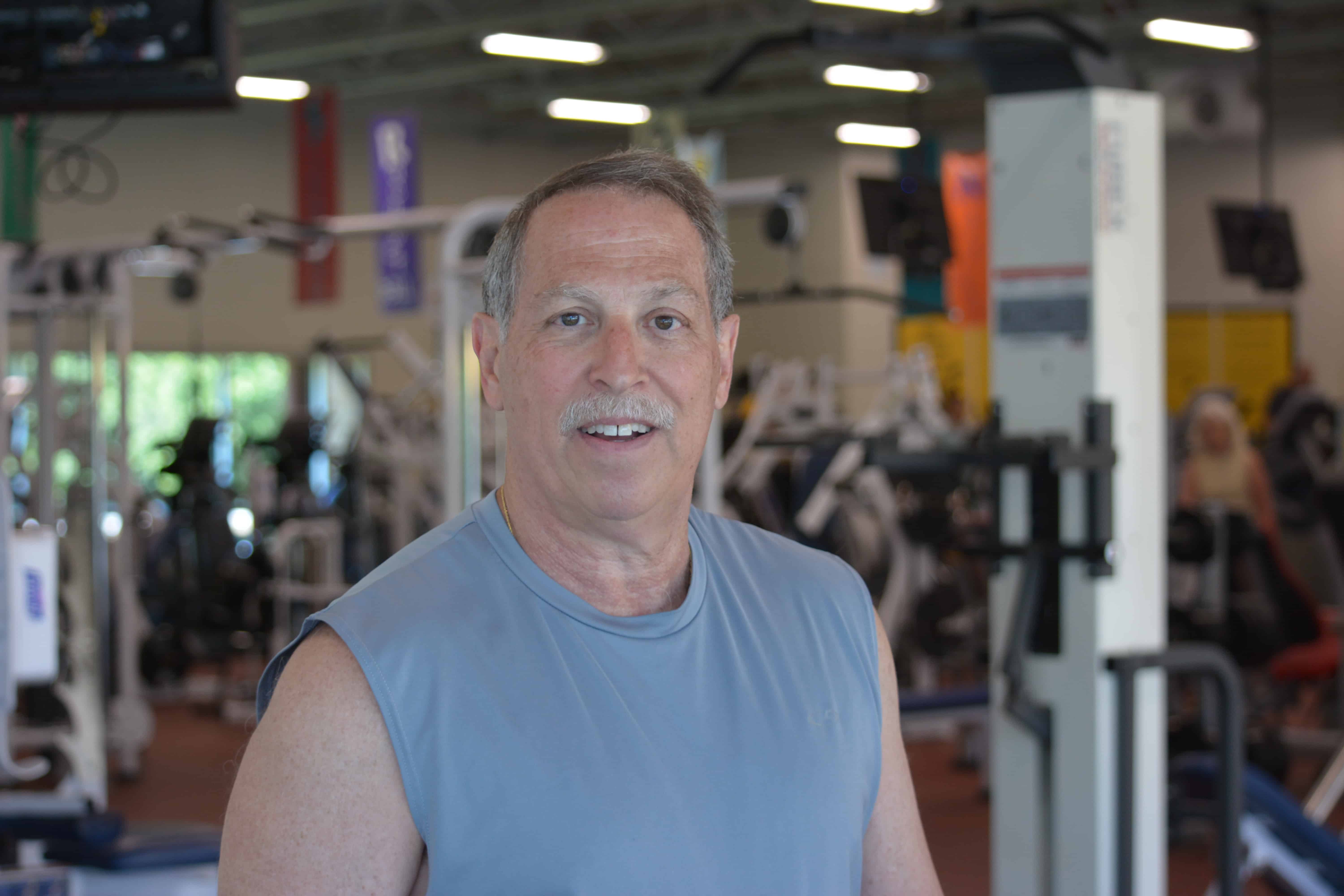
(Published Aug 1, 2016)
“The reason I’m involved with the JCC in Indianapolis goes back to my childhood. I guess you can say that if you want to make an impression upon a person, do it when they’re young. That’s exactly what happened with me,” said Keith Pitzele, newly-elected president of the JCC board (he served as president previously 1991-93). “Growing up in Gary, Indiana, we really didn’t have a Jewish community center. We really didn’t even have a YMCA. So we had no facilities such as this.”
Pitzele came to the Indianapolis JCC for a regional AZA/BBG youth group event in 1967. He was amazed. “When I came here at that time and I saw all the kids playing and swimming. They had a swimming pool and basketball courts. I thought ‘Wow, this is wonderful!'” Eight years later, after he was married and a new job landed him in Indianapolis, the first organization he and his wife Rita joined was the JCC, even before they joined a synagogue. “I don’t take the JCC for granted because I know what it’s like not to have one,” Keith said.
Love at Camp JCC
Keith and Rita made sure that all of their children took advantage of JCC programs. “All of our kids went to camp here,” he said. As a matter of fact, two of his children were camp counselors and two of his daughters-in-law were, too. Camp JCC has been a great matchmaker for the Pitzele family. In 2000, their family hosted an Israeli camp counselor who had spent the previous summer with Sandy and Rick Zeckel. “About 2-3 weeks later, our oldest son Adam announced that he and Meytal were dating. They got married in Israel in 2003.” But Pitzele’s other son Aaron also started dating his future bride at camp.” He and Amanda started dating when they were both camp counselors. I guess if you have Jewish kids and you want them to marry Jewish people, it’s a great way to get people together,” he laughed.
Leadership Roles
“I got on the JCC board through the Young Leadership Division of the Federation. That would have been in 1982. Then I was president of the JCC board from 1991-93 after serving as vice president from 1987-91. So, yeah, I’m still here. It’s 2016,” Keith said.
“The budget now is four and a half times the size than when I was president the last time. Membership is over 4 times the number. Not only do we have the fitness facility, we have an outdoor water park. We had just an outdoor pool up until then. Today, we have a therapy pool and an expanded infant toddler program. So it’s not the same facility. I think most importantly, what we must look at that’s constant, is change.”
Say Hello
Keith works out about four times a week for about an hour and a half. “Two times I’m here for the body pumping class. It’s a wonderful class with Rachell and a wonderful group of people in it. We have our work cut out for us during this class.” After that Keith continues his aerobic workout either running or on the cross trainer and jumping rope. The other days he lifts weights and stretches. “I do a lot of stretching. When you get my age you really have to stretch. And even with that I don’t consider myself agile. That was not given to me somehow.”
Keith asked for, and wears, a nametag when he’s here so that “if there are members here and they want to talk to somebody I want them to know that I am available. I want to hear from people. At the same time, when somebody has a complaint, I want them also to be willing to initiate the change, to help. We do want to make this place better so we need the comments. So I’m here, I’m accessible and I would encourage people to come up and talk to me, good or bad. We’ll see what we can work out.”
Investing in the JCC
Keith mentioned that the JCC’s planned giving initiative, Life and Legacy, is very easy to do. “Of course the first step is to take the form and fill it out,” he said. “But you have to realize you need to take the next step and include it in your will. In fact, I’ve already had a conversation with our attorney and he told us to just write it up and send it in and he’ll make a copy of our desires.”
Keith said, “We all want to leave money for our children, but we also want to leave a legacy for our children. Part of their legacy is this community. Each individual has to decide what’s important to them. What was important to us was the Jewish Community Center, our synagogue and the Jewish Federation. Those are the organizations we earmarked. When that day comes when we both go, money will be set aside for these organizations. At the same time it still comes back to my children. Even though they’re not getting that money, they’re getting it back by being able to help guarantee the perpetuation of these organizations.”
The key word is perpetuation, Keith said. “Because if everyone just said ‘I’ll just pass it on to my children’ or to somewhere else and not the organizations, there won’t be organizations. When you look back at World War II and we look back at the Holocaust and we say there’ve been 6 million Jews that died and the Jewish religion was decimated; we lost one third of our religion. But are we not doing the same thing by not helping to assure the perpetuation of the Jewish community? That’s the reason why we give.”
[Editor’s note: to see a 3-minute video featuring Keith, visit the JCC’s video page.]
